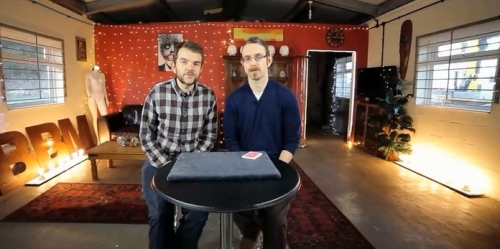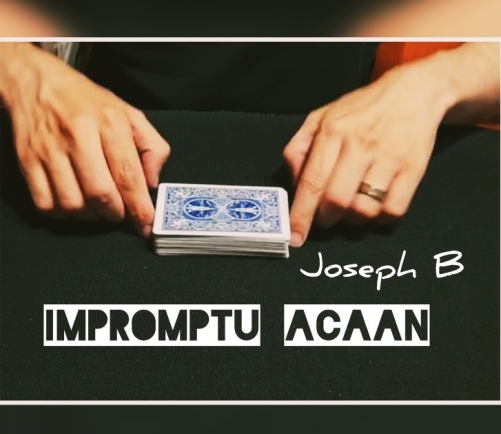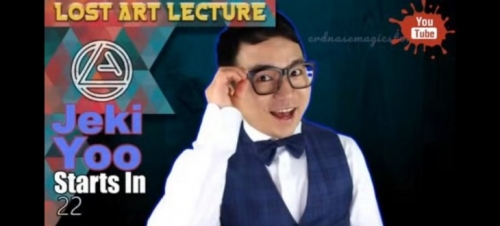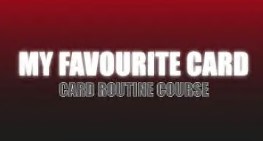A spectator populates a row of a 4x4 square with any four numbers. You fill out the remaining 12 squares in seconds to construct a magic square. Does not require any math.
This has become my favorite impromptu magic square effect, because it is easier than a classic magic square - there is literally no math, unless you consider counting up or down by one math - and it produces a stronger effect with spectators. Thus a win-win all around.
The effect: Take any piece of paper, for example the backside of a restaurant receipt, and draw an empty 4x4 square. Then ask a spectator to fill in any four numbers in the bottom row of the magic square. Suggest that this could be his or her birthdate, or some other date of significance, or any numbers they like. The numbers entered can truly be anything. Then ask the spectator to add up his four numbers. While they add up the numbers you fill out the remaining 12 squares. Typically you will be faster filling out the squares than the spectator is adding up their numbers. The reason for the speed is that there is zero math to do. And the little bit you have to remember is so trivial and symmetric that it is hard to forget once you read the instructions. Once the spectator has calculated the sum you present the magic square in that sum. That is all rows, columns, diagonals, sub-squares, etc. add up to the same value.
Additionally you will learn a more flexible method that allows you to have the spectator fill in four numbers in other places (any row, column, diagonal, etc.). This means you are not anymore restricted to the bottom row. While I personally have never found this restriction to be a problem, you will learn a method that will give you a lot of freedom to present this effect. This more flexible method is a bit harder to do and requires a little bit of math and a bit more to memorize, but it is still not a big challenge and can be learned by anybody.
Bonus: "The Magic Diamond", two routines, one for 4x4 magic square and one for a 5x5 magic square by Werner Miller. I particularly like the version for a 5x5 magic square because the method couldn't be any simpler and a 5x5 magic square could be performed as a second phase - a further complication - in a magic square routine.
Introduction
The Simple Method
A More Flexible Method
The Base Magic Square
The Four Zones
The Algorithm
Variations & Suggestions
The Magic Diamond (Werner Miller)
The Magic Diamond 2 (Werner Miller)
Prior Art
 USD
USD



